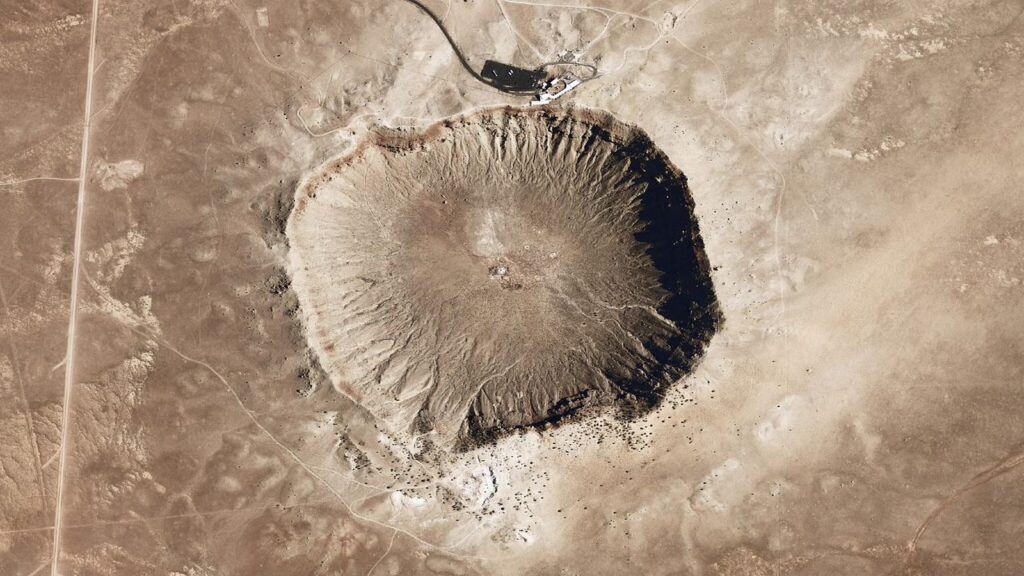
Recent research has determined that what was previously thought to be Earth’s oldest impact crater is significantly younger than earlier estimates suggested. Located in the remote Pilbara region of Western Australia, the crater, now named the Miralga impact structure, was initially believed to have formed around 3.5 billion years ago. However, new findings published in the journal Science Advances indicate that the crater’s formation likely occurred after 2.7 billion years ago.
The groundbreaking study, conducted by a team that independently examined the crater, challenges the claims made by researchers in a prior report. The earlier study asserted that the crater’s diameter exceeded 100 kilometers and potentially influenced the development of continental crust in the region. In contrast, the new study reveals that the crater is approximately 16 kilometers in diameter, too small to have had a significant impact on continental formation or early life.
Both studies acknowledged the presence of crucial features known as shatter cones, which are distinctive geological formations created by the intense pressure of a meteorite impact. While both teams found evidence of these shatter cones, the conclusions regarding the crater’s age diverged sharply.
Understanding the Age of the Miralga Impact Structure
The age of the impact was estimated using geological principles, particularly the law of superposition, which states that in undisturbed rock layers, younger rocks lie above older ones. The initial research identified shatter cones in rocks dating to 3.47 billion years ago without finding any in the younger sedimentary layers above. This led to the conclusion that the impact occurred around that time.
However, the new findings revealed shatter cones not only in the older rocks but also in younger volcanic rocks known to have formed around 2.77 billion years ago. Thus, the impact must have happened sometime after this date, with current estimates placing it between 2.7 billion years and 400 million years ago. Researchers are continuing to refine the timing of the impact through isotopic dating methods.
The team also mapped the distribution of shatter cones across a 6-kilometer area, revealing a concentration that supports their revised estimate of the crater’s size. Their research demonstrates that the crater is far smaller than the original report suggested, which has implications for its geological significance.
Implications for Planetary Science and Future Research
While the Miralga impact structure does not represent the oldest known impact site on Earth, it offers a unique opportunity for scientists studying the geology of both Earth and Mars. The ancient basalts found at the site, altered by seawater and containing some of the earliest fossils, provide a valuable context for understanding early life on our planet and beyond.
As craters formed in basalt are rare, the Miralga structure is particularly noteworthy. It presents a comparative site for planetary scientists aiming to understand the cratered surfaces of Mars. The insights gained from this site may inform the development of instruments and strategies for future Mars exploration.
In recognizing the cultural significance of the area, researchers consulted with the local Nyamal people, who shared the traditional name for the site. The incorporation of the name “Miralga” honors the heritage of the Indigenous community residing in the region.
The process of scientific inquiry is inherently dynamic, requiring continuous reassessment of findings as new data becomes available. The Miralga impact structure’s revised age and smaller size exemplify how scientific understanding evolves, revealing the complex history of our planet and its formation.







